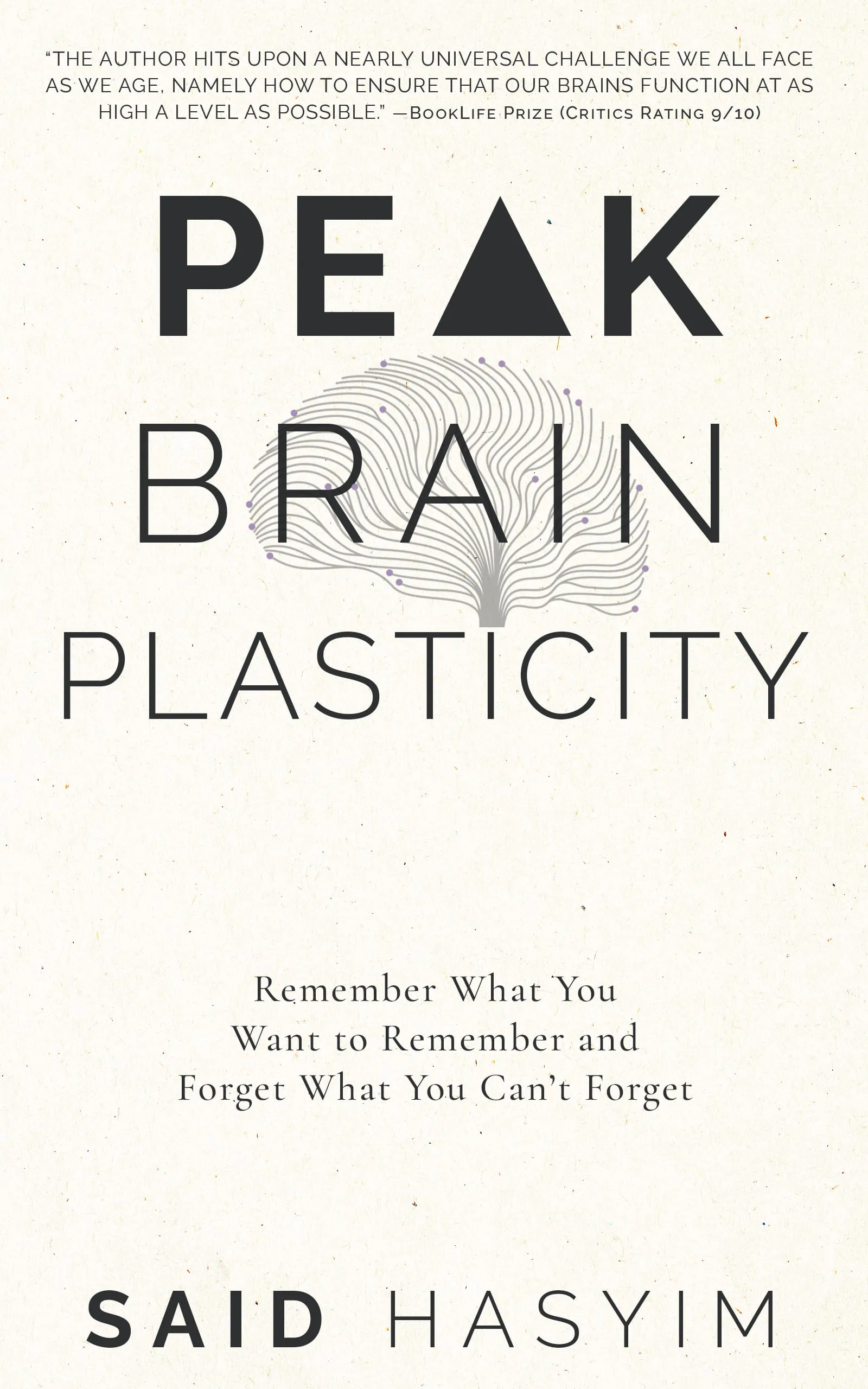Creating Mind Maps for Enhanced Memory Function
In today’s fast-paced world, the ability to retain and recall information is more essential than ever. Memory plays a critical role in our personal and professional lives, influencing everything from academic success to career advancement. One effective technique for enhancing memory function is the use of mind maps. This visual tool can help organize thoughts, boost creativity, and, most importantly, improve recall.
What is a Mind Map?
A mind map is a diagram that visually organizes information around a central concept. It uses branches to represent related ideas, making it an ideal tool for generating and connecting thoughts. Unlike traditional note-taking methods that often rely on linear structures, mind maps allow for a more holistic view of information.
The Basic Structure of a Mind Map
At its core, a mind map consists of:
Central Idea: The main topic that serves as the focal point of the mind map. This is usually placed at the center of the diagram.
Branches: Lines that extend from the central idea, representing major subtopics or categories. These can be further divided into smaller branches that represent more detailed concepts.
Keywords and Images: Each branch can contain key phrases or images, which serve as triggers that help retrieve information. The use of colors, symbols, and drawings can enhance the visual appeal and aid memory retention.
Why Mind Maps Enhance Memory Function
There are several reasons why mind maps can significantly enhance your memory function:
1. Visual Learning
Many people are visual learners, meaning they retain information better when it’s presented visually. Mind maps leverage this concept by using images, colors, and different layouts to make information more memorable.
2. Connections and Associations
Mind mapping enables the brain to make connections between ideas, facilitating a deeper understanding of the material. This network of associations helps in retrieving information when needed. Instead of memorizing facts in isolation, you create a web of related concepts that can trigger recall.
3. Active Engagement
Creating a mind map requires active participation, encouraging you to think critically about the information being organized. This engagement leads to better retention, as you're not merely passively reading or listening but actively processing the material.
4. Simplification of Complex Information
Mind maps break down complex information into manageable parts, allowing for clearer thinking. By visualizing relationships between ideas, you can simplify the learning process and ensure that you grasp the overarching concepts.
5. Flexibility and Adaptability
Mind maps can be easily modified, making them a flexible tool for various tasks, whether you need to prepare for an exam, brainstorm ideas for a project, or outline a report. This adaptability ensures that your mind maps remain relevant and effective as your understanding evolves.
Steps to Create a Mind Map
Creating a mind map is a straightforward process. Follow these steps to get started:
Step 1: Identify the Central Topic
Begin by determining the main idea or concept that you want to explore. This could be a subject you're studying, a project you're working on, or anything else that requires thoughtful organization.
Step 2: Draw the Central Idea
Place the central idea in the center of a blank sheet of paper or a digital mind mapping tool. Use a circle, cloud, or other shapes to make it visually appealing.
Step 3: Add Branches for Subtopics
Think of the key themes or subtopics related to your central idea and draw branches emanating from the central circle. Label each branch with a keyword or phrase that encapsulates the subtopic.
Step 4: Expand with Further Details
For each branch, add smaller branches representing detailed information, examples, or related ideas. Ensure that you keep each entry concise, using keywords rather than full sentences.
Step 5: Use Colors and Images
Incorporate colors, symbols, and images to make your mind map more engaging. This adds a visual element that can stimulate memory recall.
Step 6: Review and Revise
Once you’ve completed your mind map, take a moment to review it. Ensure that it captures all the relevant information and reflects your understanding of the material. Don’t hesitate to make adjustments as necessary.
Tips for Effective Mind Mapping
To make the most of this technique, consider the following tips:
Keep It Simple: Avoid cluttering your mind map with excessive details. Aim for clarity and simplicity.
Use Clear Keywords: Focus on keywords that capture the essence of the information to aid quick recall.
Be Creative: Feel free to incorporate doodles or make it colorful. Creativity can enhance memory retention.
Practice Regularly: The more you engage with mind mapping, the more proficient you will become. Regular practice will enhance your skills and effectiveness.
Integrating Mind Mapping into Your Routine
Mind maps can be utilized in various scenarios, including:
Study Sessions: Use mind maps to summarize chapters from textbooks or to prepare for exams.
Brainstorming: When generating ideas for a project, create a mind map to visualize connections.
Project Planning: Organize tasks and milestones visually to keep your project on track.
Note-Taking: Transform traditional note-taking into a visually engaging process that enhances retention.
Conclusion
Mind mapping is a powerful technique that can transform how you engage with information, making it an indispensable tool for anyone looking to enhance their memory function. By tapping into your brain's natural processes for learning and retention, mind maps can help you see the bigger picture and understand complex concepts more easily. Whether you’re a student, a professional, or simply someone wanting to improve personal productivity, incorporating mind mapping into your daily routine can yield substantial benefits.
Remember, the key to effective mind mapping is practice and creativity. So grab some paper or a digital tool and start organizing your thoughts today!
Harness the Power of Neuroplasticity
Discover Peak Brain Plasticity, a practical book to harnessing neuroplasticity. Enhance your memory, learn new languages quickly, and alleviate anxiety with effective study methods. Uncover daily habits that impact cognitive health and explore techniques for accelerated learning and memory retention. Unlock your brain's potential for growth and transformation.
